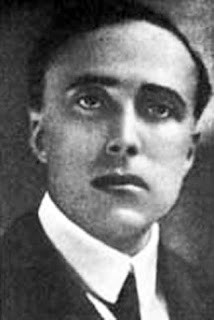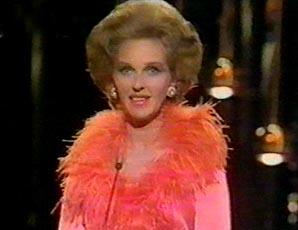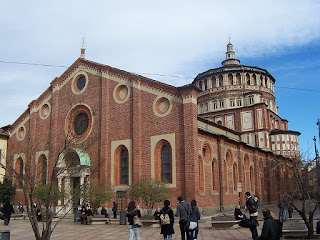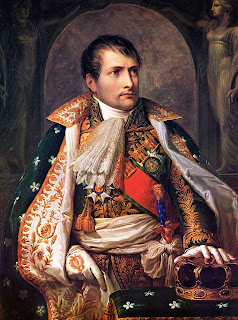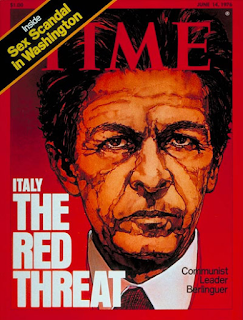Dyer’s son whose work still adorns Venice
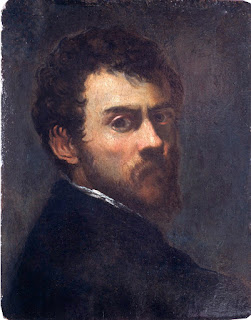 |
| Tintoretto: this 1548 self-portrait is housed in the Victoria and Albert Museum in London |
Known for his boundless energy, the painter was also sometimes referred to as Il Furioso.
His paintings are populated by muscular figures, make bold use of perspective and feature the colours typical of the Venetian school.
Tintoretto was an expert at depicting crowd scenes and mythological subjects and during his successful career received important commissions to produce paintings for the Scuola Grande di San Marco and the Scuolo Grande di San Rocco.
Tintoretto was born Jacopo Comin, the son of a dyer (tintore), which earned him the nickname Tintoretto, meaning 'little dyer'.
He was also sometimes known as Jacopo Robusti as his father had defended the gates of Padua against imperial troops in a way that was described as ‘robust’ at the time.
As a child, Tintoretto daubed on his father’s walls so the dyer took him to the studio of Titian to see if he could be trained as an artist.
Things did not work out and Tintoretto was quickly sent home. Although Tintoretto later claimed to be an admirer of Titian, the famous artist remained distant towards him so Tintoretto studied on his own and practised his technique day and night.
One of Tintoretto’s early pictures, which is still in the Church of the Carmine in Venice, is the Presentation of Jesus in the Temple.
 |
| The Presentation of Jesus in the Temple, one of Tintoretto's early works, can be found in the Church of the Carmine |
In 1546 he painted three of his major works, The Worship of the Golden Calf, The Presentation of the Virgin in the Temple and The Last Judgement, for the Church of Madonna dell’Orto in Canareggio.
Then in 1548 he was commissioned for four pictures about the life of St Mark for the Scuola Grande di San Marco. From 1565 onwards Tintoretto produced many paintings for the walls and ceilings of the Scuola Grande di San Rocco.
The last important picture painted by Tintoretto was a vast canvas entitled Paradise, which takes up an entire wall of the Great Council Chamber in the Doge’s Palace. A painted sketch of it is also in the Louvre in Paris.
In May 1594, after suffering severe stomach pains and fever, Tintoretto died aged 75 and was buried in the Church of Madonna dell’Orto.
| The Church of the Madonna dell'Orto in Venice, where Tintoretto is buried |
The Church of Madonna dell’Orto in Cannaregio, where Tintoretto is buried, is one of the finest Gothic churches in Venice. In his painting, The Adoration of the Golden Calf on the left wall, the figure carrying the calf is said to represent Tintoretto himself.
Travel tip:
Tintoretto lived with his family in a house near the Church of Madonna dell’Orto overlooking the Fondamento dei Mori from 1574 till his death in 1594. He was born, lived and died in Cannaregio and is believed to have left Venice only once in his life.
Home
